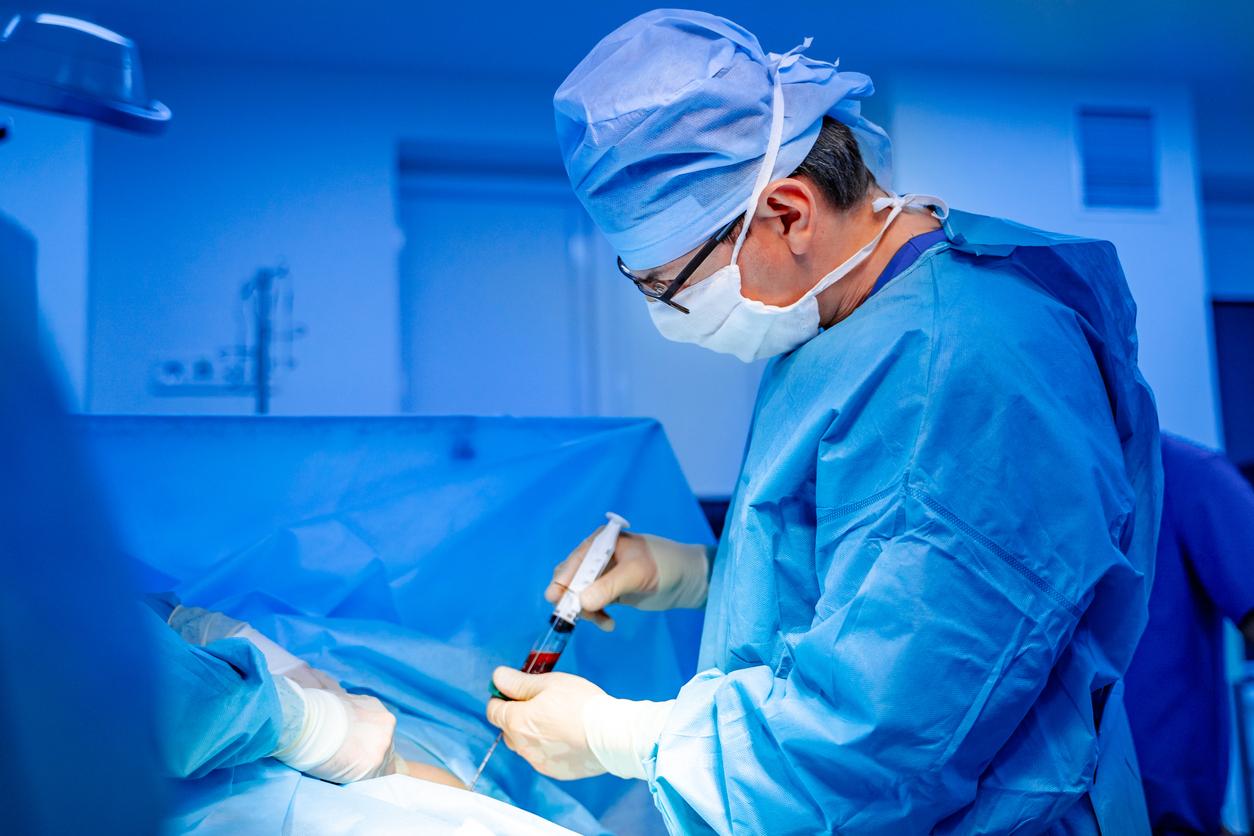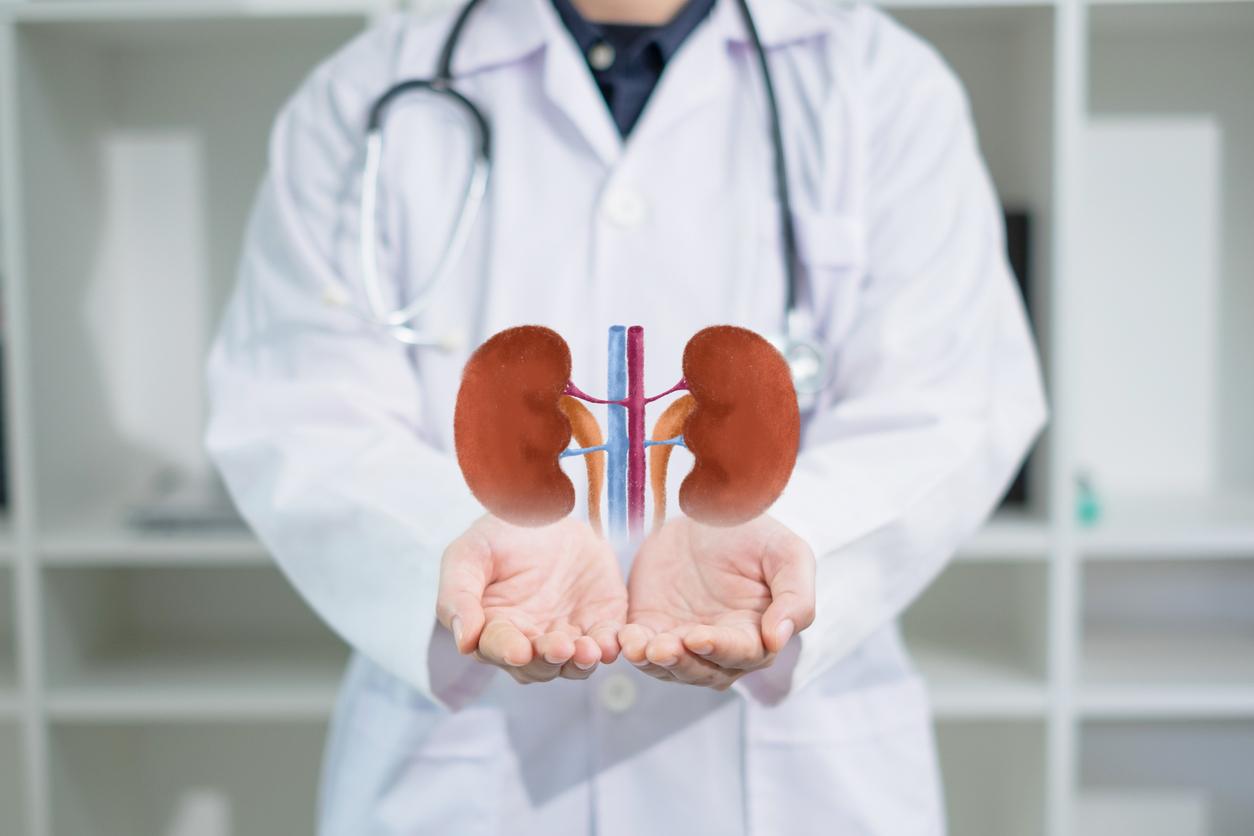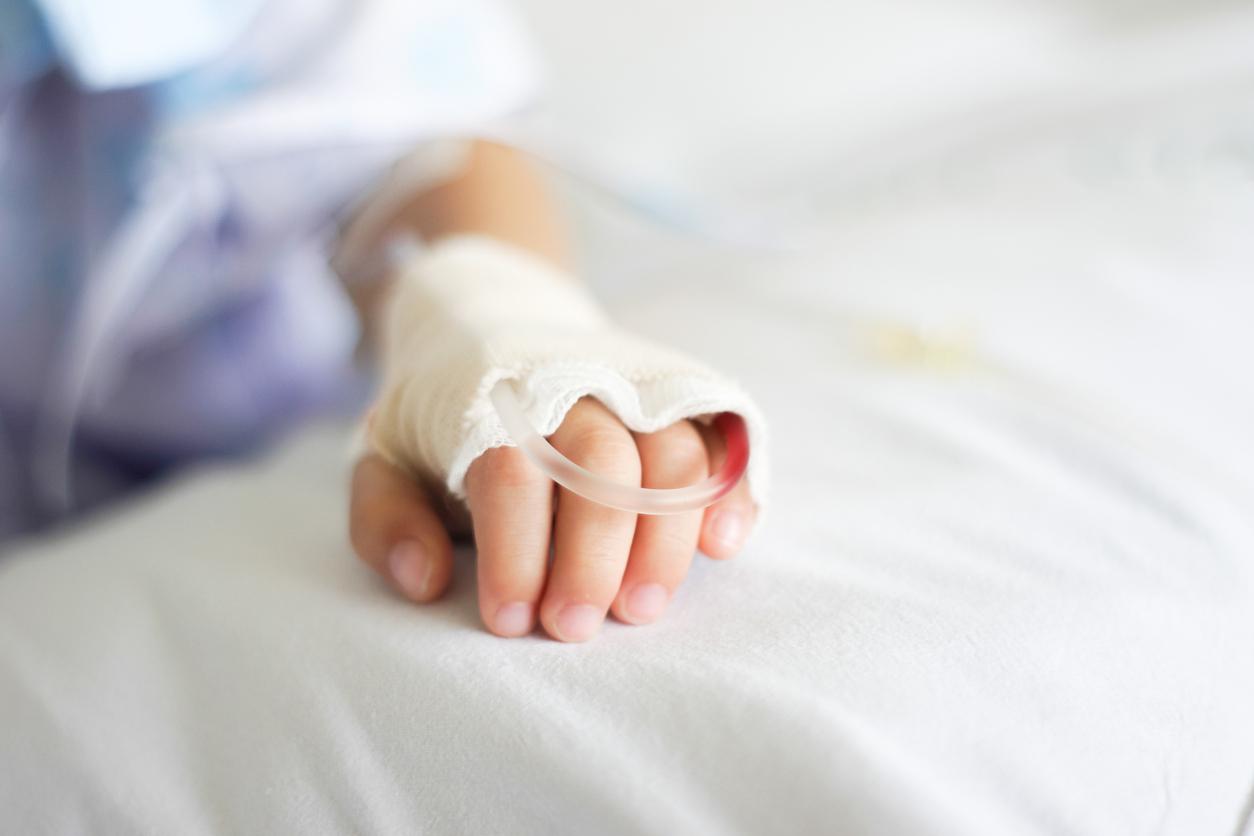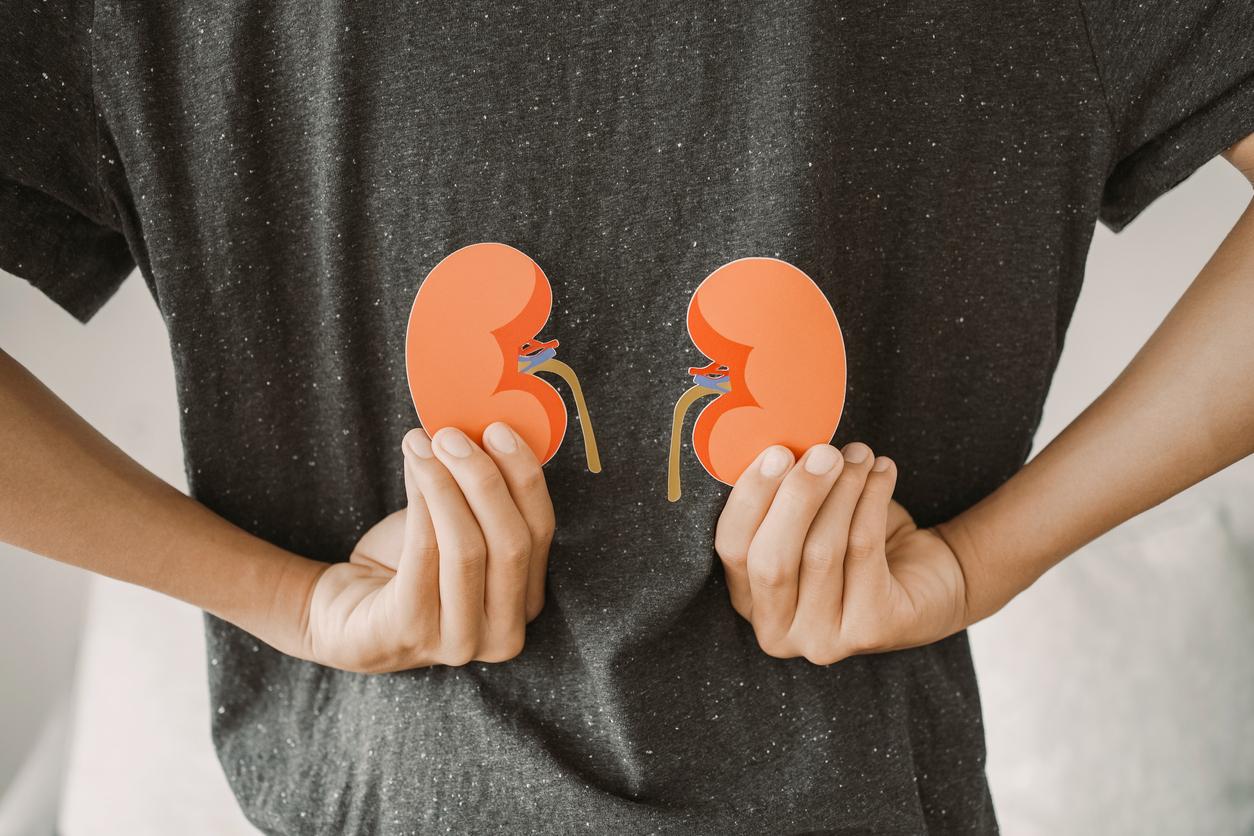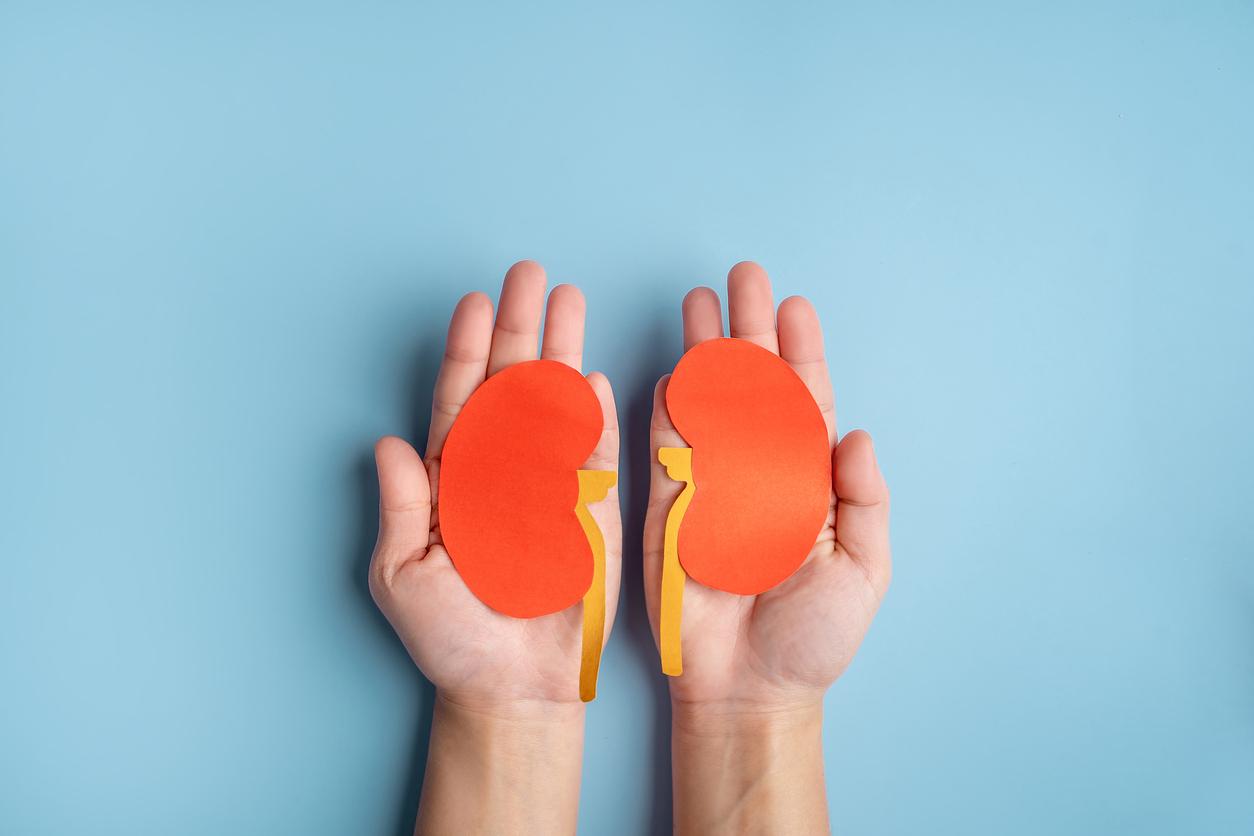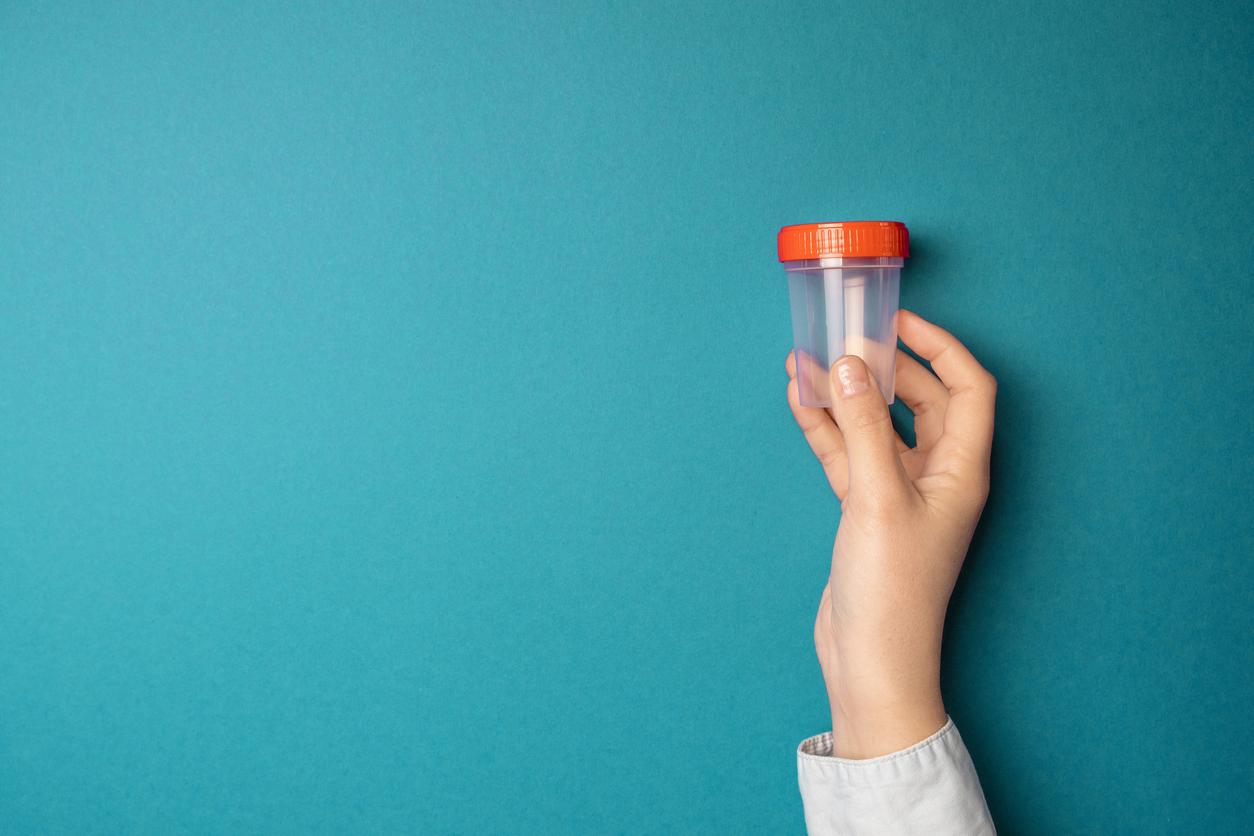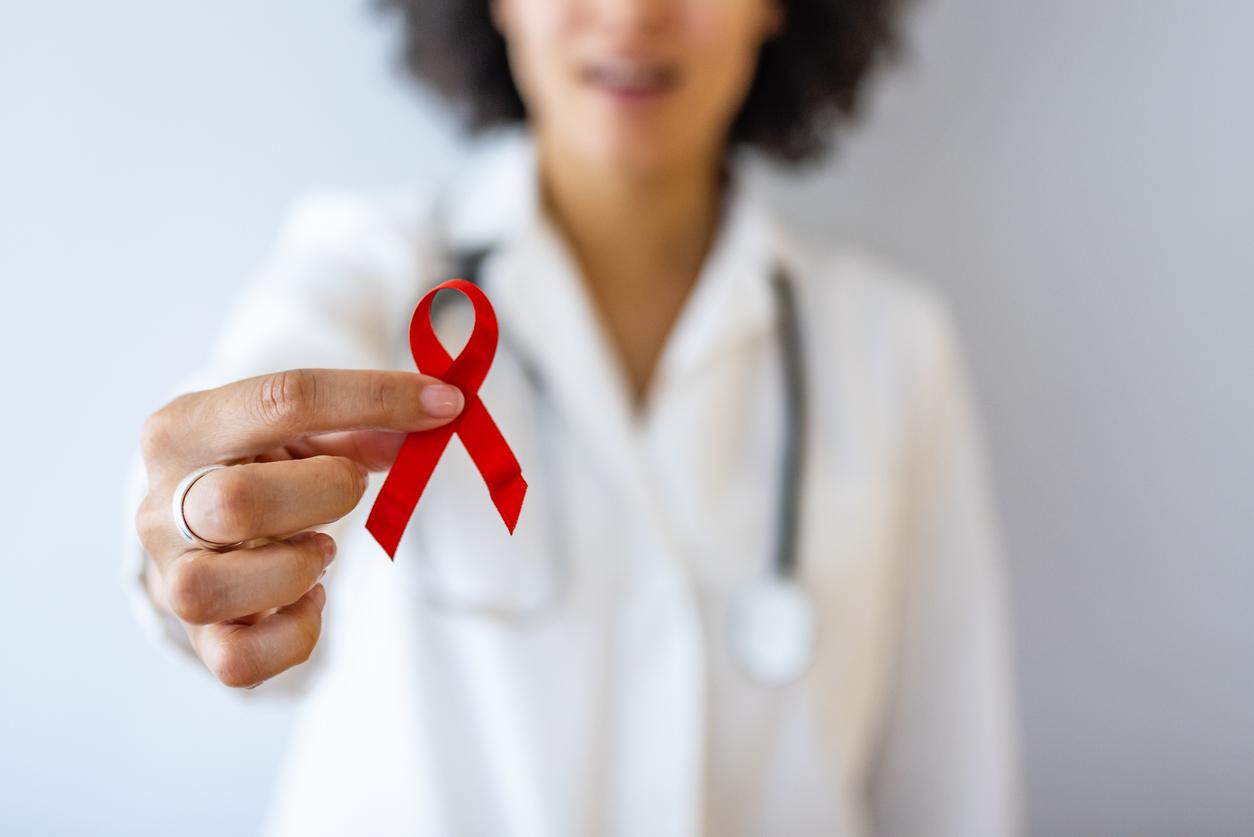According to a recent study, breast milk sold on the Internet is much more contaminated with bacteria than milk donated by whey.

Not all mothers produce the same amount of milk. Some have too much for their babies, others not enough. These women do not always know how to exchange the excess milk. With the Internet, exchanges are made easier. Via sites or social networks, mothers in demand and mothers in surplus contact each other. But according to a study published on October 21 in the journal Pediatrics, these samples contain high levels of bacteria.
Staphylococci, salmonella or E. coli
The study focused on bacteria that are not harmful as long as their growth is controlled. However, in the infants included in the study, the presence of these bacteria was associated with diseases due to contaminated breast milk. Their names are well known and send shivers down your spine: staphylococci, streptococci, salmonella, E. coli. Two types of samples were analyzed and then compared: 100 samples of breast milk purchased online and 100 samples of unpasteurized milk obtained from a voluntary milk bank.
In all samples purchased on the Internet, the level of bacteria is higher. They are also more likely to contain bacteria associated with certain diseases. In 72% of cases, the “Internet” samples contain bacteria causing infections of the blood, meningitis. Some are even contaminated with feces. This is half as much in the “milk bank” samples. “
The proportion is the same for staphylococcal tests: 63% of “Internet” samples are positive against a quarter of “milk bank” samples. “Streptococcus side, the gap is widening: 4% of volunteer samples contain almost one in three for samples purchased online. On the other hand, the milk obtained from the milk bank does not contain any trace of salmonella or HIV virus. Side milk bought online, 3% of samples reveal the presence of salmonella but none of HIV.
A health control problem
It is quite normal to find bacteria in human breast milk, according to the study. Some are even “very important and good for the health of babies as well as the development of their immune and digestive systems.” The problem with these samples lies in the packaging of the shipments.
The researchers suggest that hygiene when collecting milk and sending orders is poor. Dirty containers, unsterilized milk pumps, shipping methods that do not protect against contamination… the potential culprits are numerous, starting with respect for the cold chain.
To keep a product like milk in optimal conditions, a cool temperature is ideal because it prevents the spread of bacteria. However, in one in five cases, sellers do not include ice cubes or another means of cooling in the package. Another defect of this mode of exchange: there is no sanitary or quality control. The buyer does not know who he is addressing or what type of milk he is collecting.
An illegal method in France
In the United States, the Food and Drug Administration (FDA) has alerted Americans to the risk of feeding babies with breast milk bought on the Internet. In France, these exchanges are illegal in several ways.
On the one hand, only lactariums are authorized to collect, process and distribute human milk. Hygiene conditions are strictly controlled and the milk is pasteurized before distribution. Individuals are not allowed to distribute breast milk. But, social networks promote this kind of exchange. The Medicines Safety Agency (ANSM) therefore issued a warning in April 2011 on the risks associated with the exchange of breast milk from person to person.
On the other hand, the Civil Code prohibits any remuneration for products from the human body. Only the donation is accepted and must remain supervised by the health authorities. Breast milk, like other fluids in the body, is included in this legislation.
The illegality of the practice does not prevent many women from participating in it. On average, breast milk sells for just under € 3 for 30g. On Facebook, 494 women are followers of this mode of exchange on the page “Human Milk 4 Human Babies. “
.









